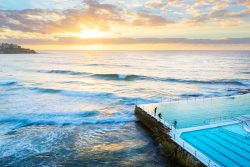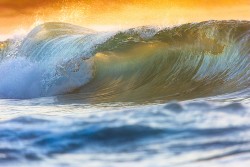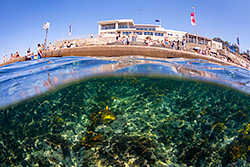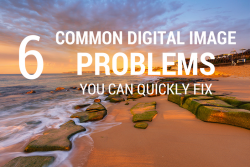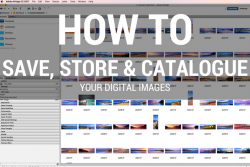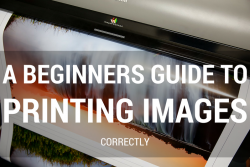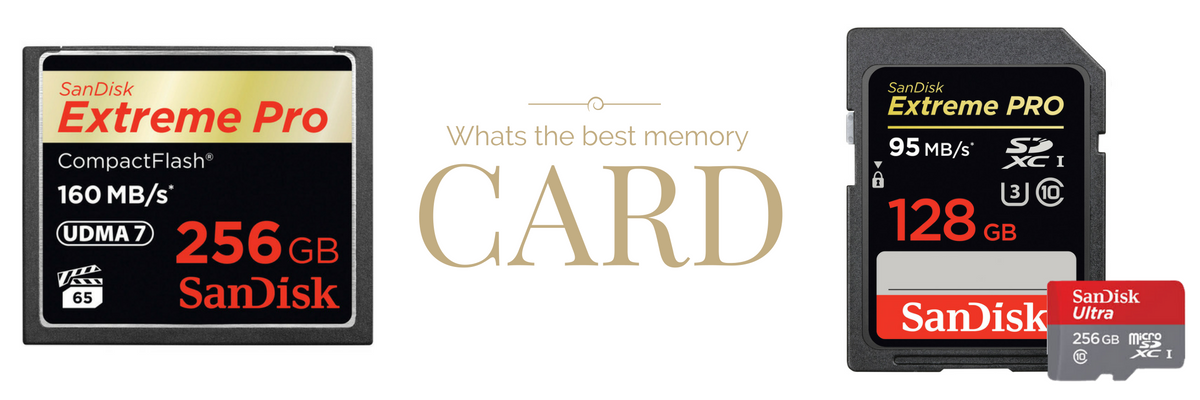
I remember when I had my first digital camera the Canon 20D and with it I got a 250MB card and I never thought I needed more memory at the time as a card that was like 1 GIG was so expensive. Then over the years and upgrading my camera gear the need for larger cards became essential but with that the price dropped. But for me I always made sure that the card I upgraded too met my needs in terms of memory. But when I started doing aerial photography and my need to shoot a lot of images faster instead of just looking for memory I really wanted the writing speed to match.
Over the years of teaching people photography I have seen a great deal of different types of camera cards and heard horror stories about them. People not understanding that a card has to suite their needs. People who go on a big holiday with an 8 gig card and run out of memory half way on the Inca Trail and then at night go through their card clearing shots they think they don’t need. Memory is cheap compared to loosing or deleting your memories.
You also get what you pay for when it comes to camera cards. I see a number of people who have returned from buying their camera gear over seas and they got with it a big massive storage card with a weird brand name and the write speed cant even handle four images taken in a row. Some of these cards say they are 64 gig for example but they only seam to hold the image amount of a 16 gig card as well.
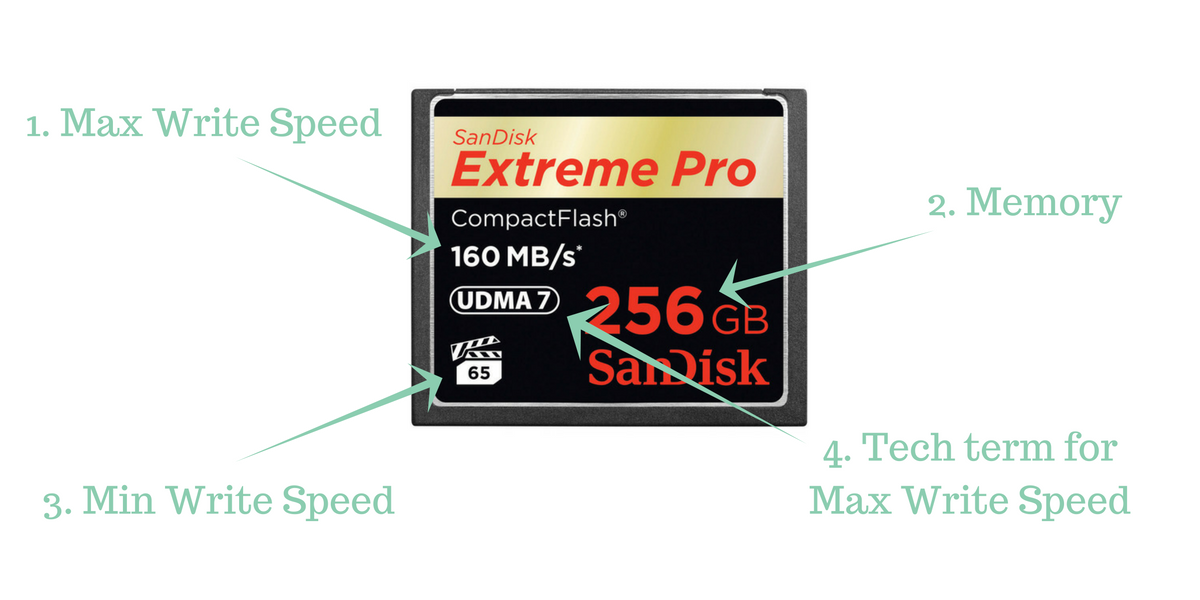
Compact Flash Cards - CF
Details about the CF card.
- Max Write speed. – This is the maximum speed in which your card can write information sent to it from your camera. So if your taking photos on High Consecutive at 7 frames a second and your shooting RAW that’s a ton of data your sending to the card. So the higher this number the faster your card is going to write data. When your shooting like this and your camera stops it’s because you have reached your max buffering and your cards cant store or write any quicker.
- Memory – This is no different to your computer hard drive, the bigger the memory the more you can store on it. On your card how much you can store on your card totally depends on what settings you have set. If your shooting Jpeg Small you could fit thousands and thousands of images. If your shooting Jpeg Large, RAW, RAW + Jpeg it is all going to be different. The number of images stored will also be subject to the Camera model you have as well. A 24 Mega Pixel camera will make much larger RAW files than a 12 Mega Pixel Camera.
- Min Write Speed – This is the minimum write speed your camera will have. As a stills photographer this wont mean much, but for those who like to do video then a slow write speed can mean frames are dropped out of being saved.
- UDMA – This is just a technical term / rating for describing the Max Write Speed of the card. As a photographer who applies photography practically, knowing what this is will not advance your photography in anyway. I even had to look it up. But if you would like to know more you can check it out what Wikipedia has to say.
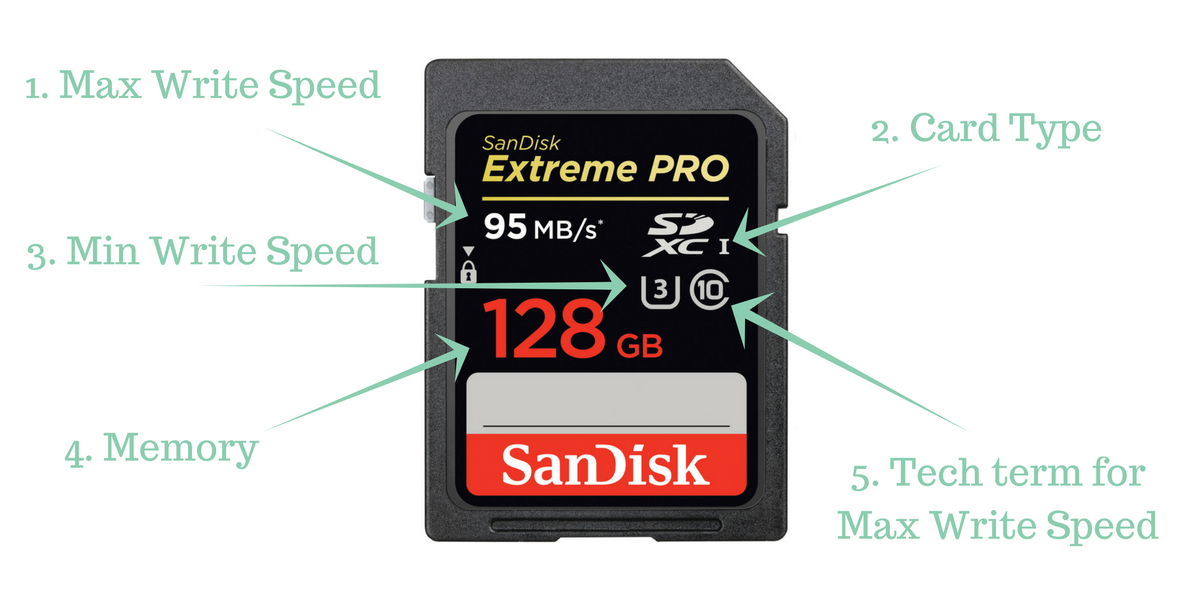
SD Card - (SD stands for Secure Digital)
SD cards are no different to CF cards in terms of what they do. They are just more compact. A number of cameras these days have both a CF and SD card slot in them to allow you to maxamise your storage options. The Micro SD cards are no different to the SD cards other than size. All the markings mean the same.
- Max Write speed. – No different to the CF cards.
- Card Type – Newer SD cards have different file types and wont work in older cameras.
- Min Write Speed – No different to the CF cards.
- Memory – No different to the CF cards.
- Same as UDMA just takes up less space. Though the specifications on the SD card for this are different. Again pointless info.
So what is the best Camera Memory Card To Buy
The best memory card to purchase aside from obviously buying the one that will fit in your camera is:
- Go for a quality known brand. Like SanDisk and Lexar. Don’t worry about saving a few dollars on a cheaper card when the card itself is going to be capturing and storing your memories that can be priceless.
- One that will hold at least 1000 RAW files. Personally with the price of cards these days get yourself a card that is 32 gig or higher.
- A fast card… now there is going to be a price difference from a 32 gig card with an aver write speed and one that is really fast. If your not out taking a lot images in a fast bursts then just stick with the other choice. The good thing about buying a good brand is you know the average speed card is still going to be great for your needs.


